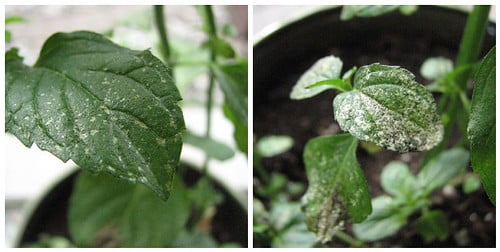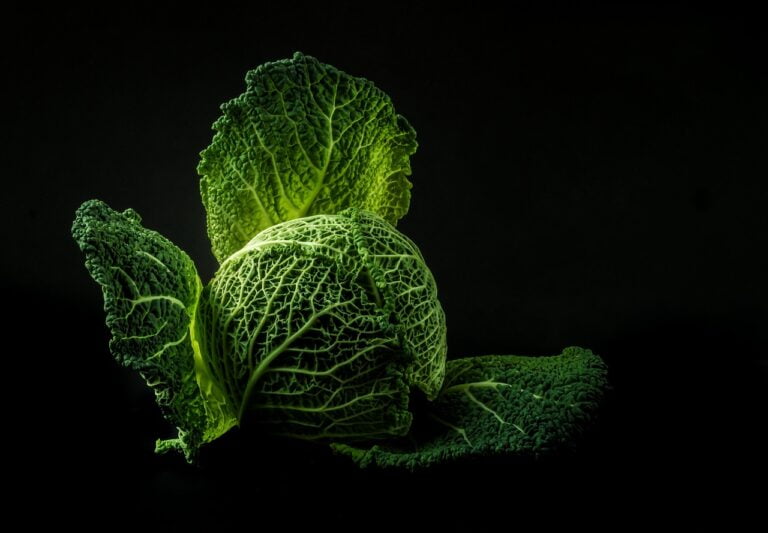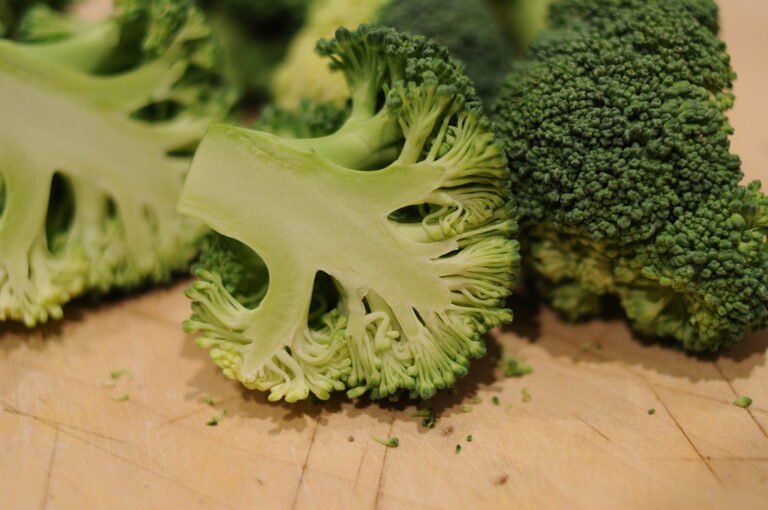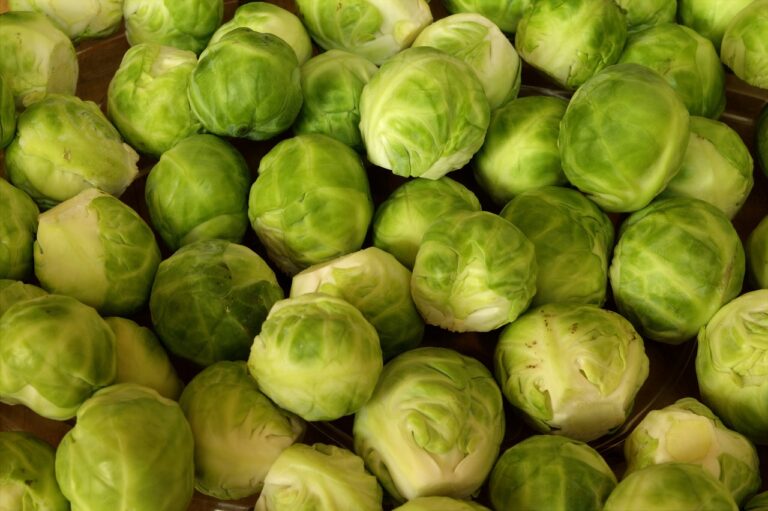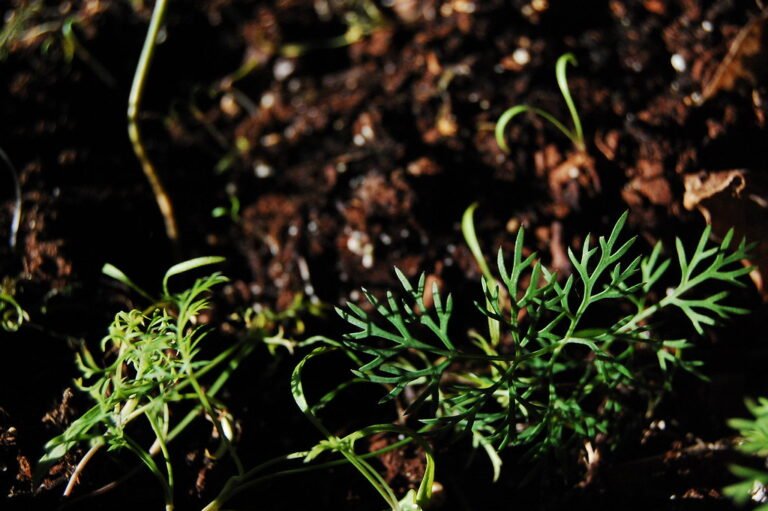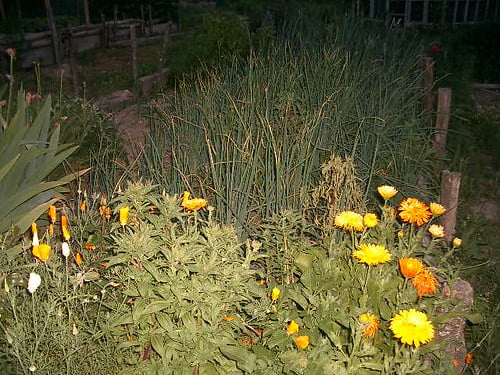Exploring the Compatibility of Planting Mint and Basil Together
Are you a gardening enthusiast looking to maximize your herb garden? Discover the perfect pairing for your green thumb with the compatibility of planting mint and basil together. This dynamic duo offers a multitude of benefits, from enhancing each other's growth to repelling pests. With our expert tips and advice, you'll learn the secrets of successful companion planting, ensuring a bountiful harvest of fresh and flavorful herbs. Get ready to transform your garden into a thriving oasis of aromatic delights.
Benefits of Planting Mint and Basil Together
Planting mint and basil together offers numerous benefits for your garden and culinary endeavors. Not only do these two herbs complement each other in flavor, but they also have a symbiotic relationship that aids in their growth. Mint has a tendency to spread quickly and can become invasive, but when planted alongside basil, it helps to deter pests and protect the basil plants. Additionally, the strong aroma of mint can mask the scent of basil, making it less attractive to insects. This means that by planting mint and basil together, you can naturally repel pests and reduce the need for chemical pesticides. Furthermore, the combination of mint and basil in your garden will provide you with a diverse range of flavors to enhance your culinary creations. So why not take advantage of this beneficial partnership and enjoy the bountiful rewards it brings to your garden and kitchen?
Growth Characteristics of Mint and Basil
To understand the growth characteristics of mint and basil, it is important to observe their individual attributes and how they interact when planted together. Mint, with its vibrant green leaves and strong aroma, is known for its vigorous growth. It spreads rapidly, sending out runners that can quickly take over an area. Basil, on the other hand, is more compact and bushy, with delicate leaves and a sweet, aromatic scent. When planted together, mint and basil can complement each other's growth patterns. The mint's fast-spreading nature can provide a ground cover that helps protect the basil plants from weeds and excessive sunlight. Meanwhile, the basil's compact growth can provide a natural shade for the mint, preventing it from spreading too aggressively. This symbiotic relationship between mint and basil makes them a great combination to plant together, creating a beautiful and practical herb garden that will serve you well.
Soil and Sunlight Requirements
You need to know the soil and sunlight requirements when planting mint and basil together. Mint and basil both thrive in well-draining soil that is rich in organic matter. They prefer a slightly acidic to neutral pH level, around 6.0 to 7.5. Make sure the soil is loose and friable, allowing the roots to grow and absorb nutrients effectively. When it comes to sunlight, mint and basil enjoy full sun exposure. They require at least 6-8 hours of direct sunlight per day to flourish. If you have limited sunlight, you can still grow these herbs, but they may not reach their full potential. Ensure you choose a location that provides adequate sunlight and amend the soil accordingly to create an optimal growing environment for your mint and basil.
Pest and Disease Control
Ensuring the compatibility of planting mint and basil together includes implementing effective pest and disease control measures. Pests and diseases can wreak havoc on your precious herbs, but with the right strategies, you can protect your plants and ensure their health and productivity. Start by regularly inspecting your mint and basil plants for any signs of infestation or disease. Remove any affected leaves or plants immediately to prevent the spread. Consider using organic pest control methods such as neem oil or insecticidal soap to target common pests like aphids, spider mites, and whiteflies. Additionally, practicing good garden hygiene, such as removing weeds and debris, can help minimize the risk of diseases. By taking these proactive measures, you can enjoy a thriving and pest-free mint and basil garden.
Companion Planting With Mint and Basil
When planting mint and basil together, it is important to consider their compatibility for companion planting. Mint and basil are not only delicious herbs, but they also have the potential to enhance each other's growth and flavor. Mint is known for its strong scent and ability to repel pests, while basil is a great companion for attracting beneficial insects that help with pollination. By planting them together, you can create a harmonious and mutually beneficial environment in your garden. Mint's spreading habit can be controlled by planting it in a container or using barriers, so it doesn't overrun the basil. Additionally, it's important to provide enough space for both herbs to grow and thrive. With careful planning and consideration, planting mint and basil together can result in a bountiful harvest and a beautiful garden.
Enhancing Flavor and Aroma
To enhance the flavor and aroma of both mint and basil, it is important to consider their compatibility for companion planting. Mint and basil are like the dynamic duo of the herb garden, complementing each other perfectly. When planted together, they create a symphony of flavors and scents that will elevate your culinary creations to new heights. The cool, refreshing taste of mint pairs beautifully with the sweet, aromatic notes of basil, creating a harmonious balance that will tantalize your taste buds. Whether you're making a fresh salad, a delicious pasta dish, or a refreshing summer beverage, the combination of mint and basil will add a burst of flavor and aroma that will impress your guests and leave them asking for seconds. So why wait? Start planting mint and basil together and unlock a world of culinary possibilities.
Harvesting and Using Mint and Basil
To maximize your harvest and make the most of your mint and basil, it's essential to know how to harvest and utilize them effectively. When it comes to harvesting mint, simply snip off the leaves as needed, making sure to leave at least one-third of the plant intact. This will allow for continuous growth and a bountiful supply of fresh leaves. Basil, on the other hand, should be harvested by cutting the entire stem just above a set of leaves. This will encourage branching and result in a bushier plant. Once harvested, both mint and basil can be used in a variety of ways. From adding a refreshing twist to drinks and salads to enhancing the flavors of soups, sauces, and marinades, these herbs are incredibly versatile. Get creative and experiment with different combinations to elevate your culinary creations. And remember, fresh is always best, so use your harvest as soon as possible to enjoy the full, vibrant flavors of mint and basil.
Container Gardening Tips
For successful container gardening with mint and basil, you'll need some essential tips. First, choose a suitable container that has good drainage to prevent waterlogging. Opt for a larger pot to accommodate the root systems of both plants. Use a high-quality potting mix that is well-draining but retains moisture. Place the container in an area that receives at least six hours of sunlight daily. Remember to water regularly, keeping the soil moist but not waterlogged. Fertilize every two weeks with a balanced organic fertilizer to promote healthy growth. Prune regularly to maintain the shape and encourage bushier growth. Lastly, be mindful of pests and diseases, and take necessary measures to protect your plants. By following these tips, you'll enjoy a bountiful harvest of mint and basil in your container garden.
Common Mistakes to Avoid
To avoid common mistakes when planting mint and basil together, make sure to follow these helpful guidelines. First and foremost, do not plant mint and basil in the same container. Mint is known for its aggressive growth and will quickly take over, suffocating the basil. Instead, give each herb its own separate pot to thrive. Another common mistake is not providing enough sunlight. Mint and basil both require at least six hours of direct sunlight daily, so make sure to place them in a sunny spot. Overwatering is yet another pitfall to avoid. Both herbs prefer well-draining soil, so water only when the top inch of soil feels dry. Finally, be mindful of harvesting practices. Regularly pinching back the leaves will promote bushier growth and prevent the herbs from becoming leggy. By following these guidelines, you'll ensure a successful and harmonious garden filled with aromatic and flavorful herbs.
Other Compatible Plants for Mint and Basil
When considering other plants to grow alongside your mint and basil, it is important to choose compatible companions. These plants can not only enhance the growth and health of your mint and basil, but also provide an array of flavors and benefits to your garden. One great companion plant for mint and basil is tomatoes. They not only grow well together, but the strong aroma of basil can help repel pests that commonly attack tomato plants. Another compatible companion is marigold. Its vibrant flowers not only add beauty to your garden, but also help deter pests and attract beneficial insects. Additionally, chives are a great choice as they can help repel aphids and improve the flavor of your basil. By strategically choosing compatible plants, you can create a harmonious and productive garden that serves your needs and desires.
Conclusion
In conclusion, planting mint and basil together is not only a practical choice for any herb garden but also a delightful one. These two herbs complement each other in terms of growth characteristics, soil and sunlight requirements, and pest control. By harnessing the power of companion planting, you can enhance the flavors and health of both mint and basil. So why not indulge in the pleasure of growing and harvesting these aromatic herbs together? Your taste buds and culinary creations will thank you!

